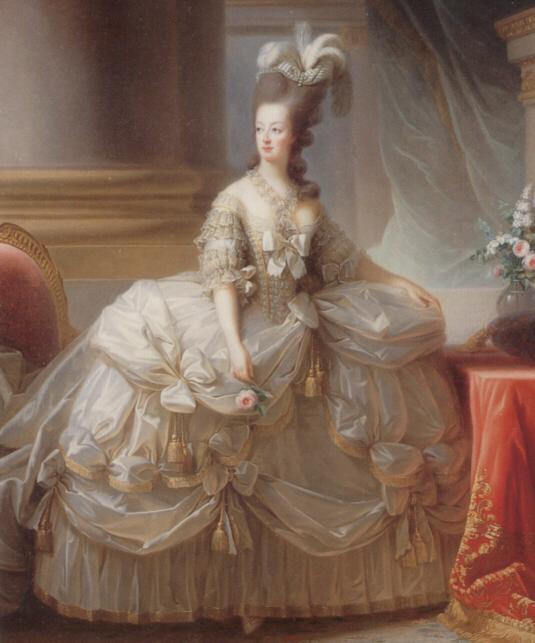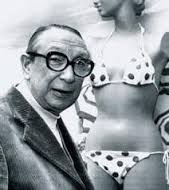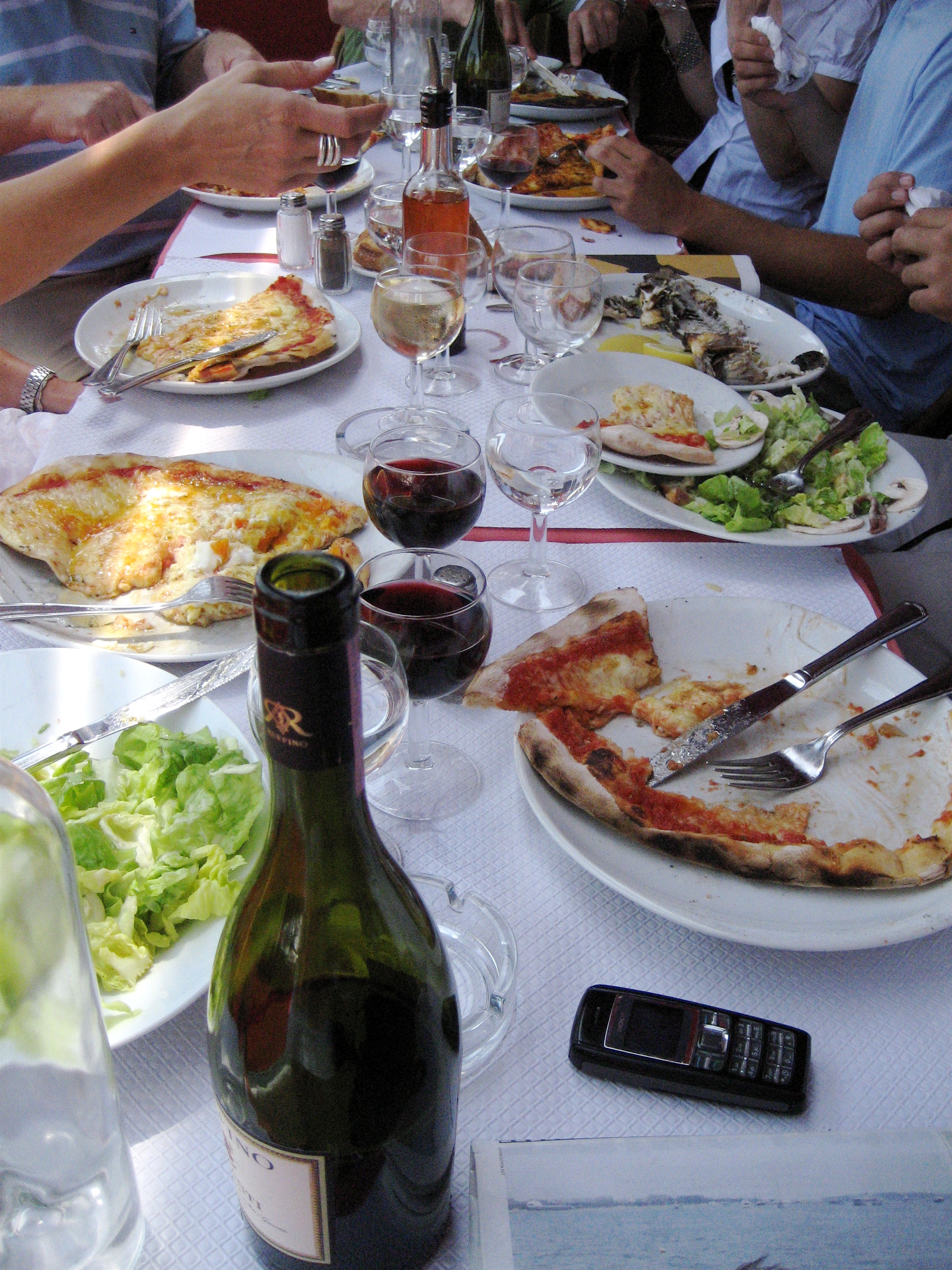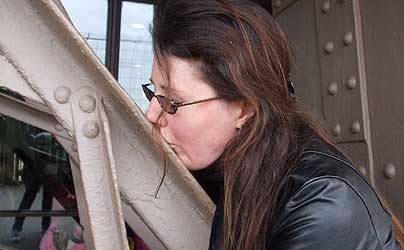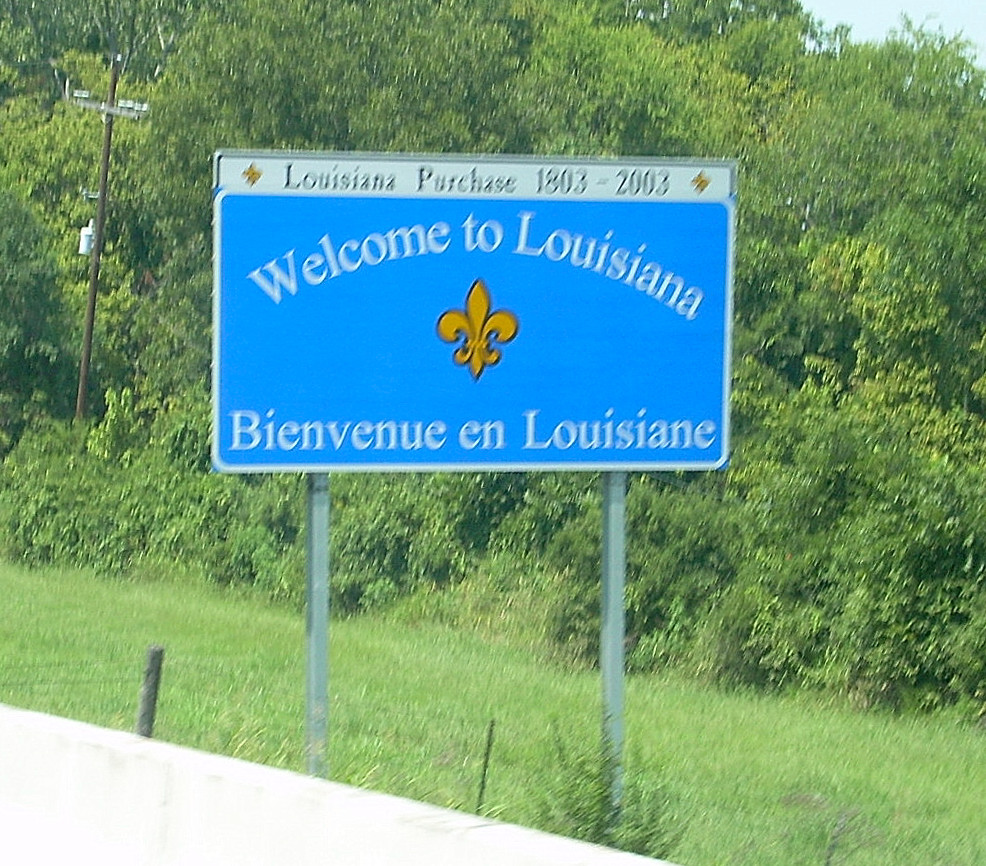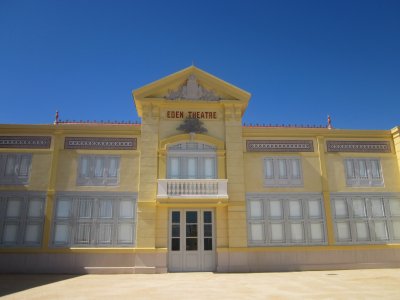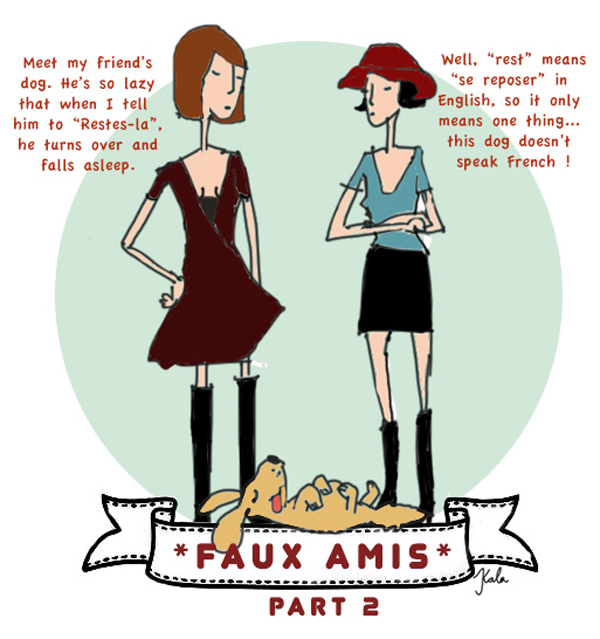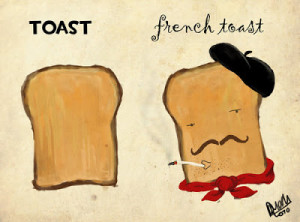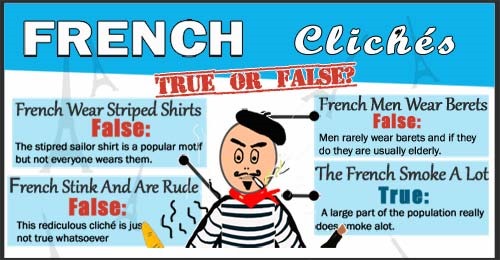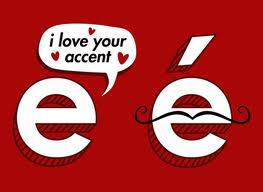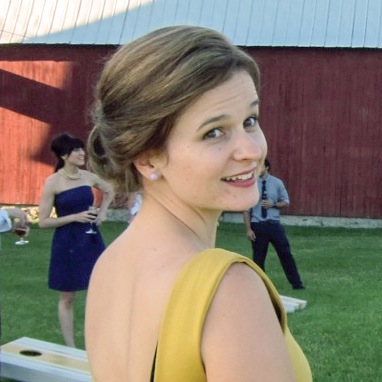The French Art of Flirting
Posted on October 31st, 2013 by Jonah Arellano in Uncategorized | No Comments »
Keeping with the theme of Tuesday’s post about French being voted the Sexiest Language in the World, today I thought we’d take a look at the French art of flirting.
 As long as you show discretion and tact, there’s nothing wrong with the friendly flirting that is expected, and often welcome in France. The word séduction is a faux ami; yes, it can mean to persuade someone to go to bed, but it is also used more generally in the sense of charming other people of either sex. Taking this second meaning to heart, the French are always trying to seduce everyone. Flirting in France comes as natural as breathing; it’s just part of everyday interaction, and this can mean that men and women often flirt in a casual, good-natured way without a sexual proposition necessarily behind it.
As long as you show discretion and tact, there’s nothing wrong with the friendly flirting that is expected, and often welcome in France. The word séduction is a faux ami; yes, it can mean to persuade someone to go to bed, but it is also used more generally in the sense of charming other people of either sex. Taking this second meaning to heart, the French are always trying to seduce everyone. Flirting in France comes as natural as breathing; it’s just part of everyday interaction, and this can mean that men and women often flirt in a casual, good-natured way without a sexual proposition necessarily behind it.
Case and point: Happily married couples can be serial flirters. “Flirters” is a word right? Even if it isn’t, they are. It’s just a little fun and nothing more has to come of it (unless that’s the point of the flirting in which case they aren’t really that happy to begin with).
But, if you are looking to take it a bit further than lingering looks and witty conversation, it wouldn’t hurt to know a few phrases to bridge the gap between subtle, everyday flirting and let’s-get-together flirting. The trick lies in how you deliver the line.
Qu’est-ce que je ferais sans toi?
What would I do without you? Add in a light arm touch and there you have a subtle come-on that will be hard for any interested parties to miss.
Tu es mignon / mignonne.
You are cute. Said lightheartedly, this can be construed as a casual compliment, but take the intensity up (half?) a notch and suddenly, it seems as though you mean to say “You’re cute and I’d like to get to know you better.”
J’aimerais mieux te connaître.
I would like to get to know you better. Do you mean this as a friend? Or more? Let your body language fill in the subtext.
Maybe you’re past playing coy and want to be a little more direct, or you’ve already made your intentions known and want to break out a few phrases with more emotion attached, one of these phrases might be what you’re looking for:
 Tu es la femme/ l’homme de mes rêves!
Tu es la femme/ l’homme de mes rêves!
You are the woman/man of my dreams! This one reminds me of an old 90s standby, “Hmm. Where have I seen you before? Oh, yeah, in my dreams.” The English version makes me want to roll my eyes, but the simpler, French version seems sincere and romantic.
Je ne peux pas vivre sans toi.
I can’t live without you. I suppose I could if I had to, but my life would be very boring.
No matter how bad you think you might be at flirting, if you’re doing it in French, at least you’re being awkward and shy in the sexiest language on the planet. That’s got to win you a few points, right?
What do you think about friendly flirting? Do you have any favorite French pick-up lines for when the flirting takes a more-than-friends turn?






